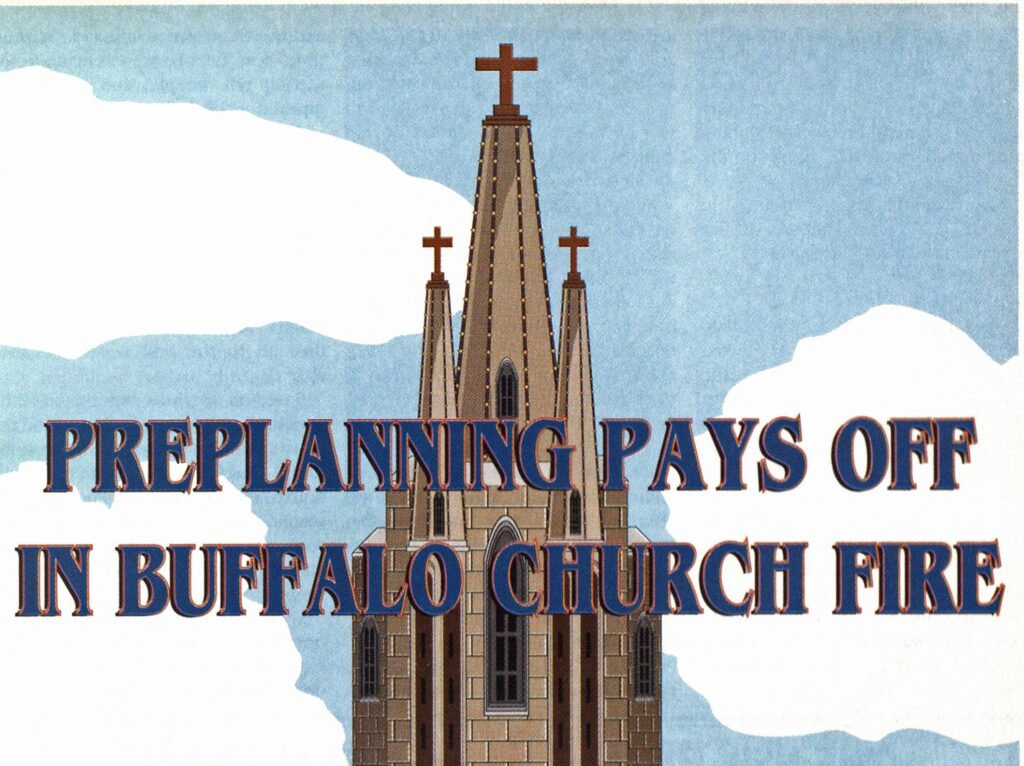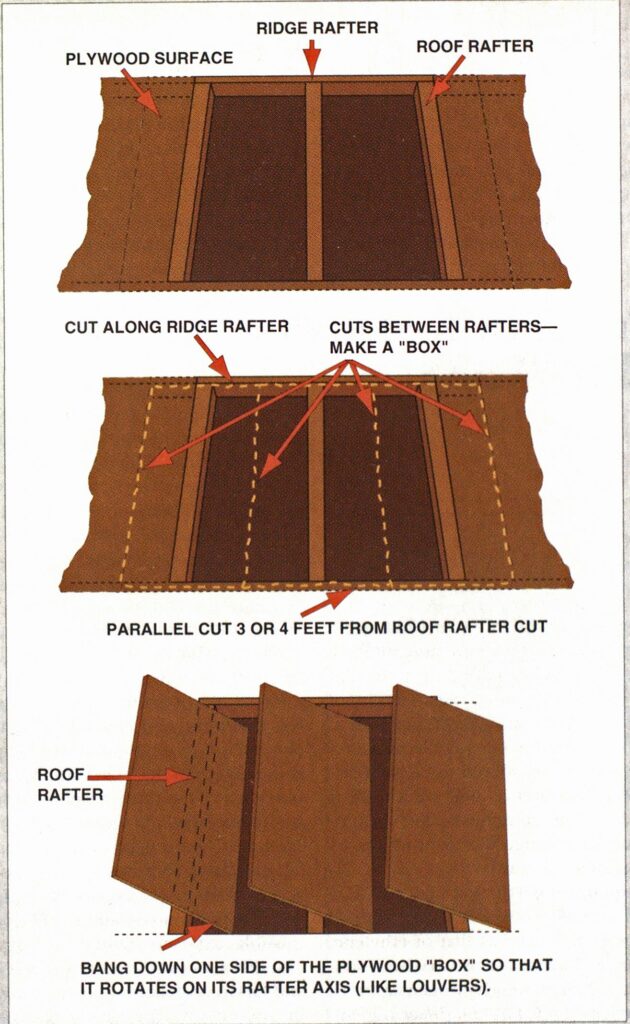THE EXPERT WITNESS
Expert testimony frequently is a necessary and integral part of trials. While expert witness testimony has become commonplace, many judges do not welcome the presence of an expert in the courtroom. One of the reasons for this is that judges, quite correctly, don’t wish to have a decision taken out of the hands of the judge and/or jury and put in the hands of the expert witness.









